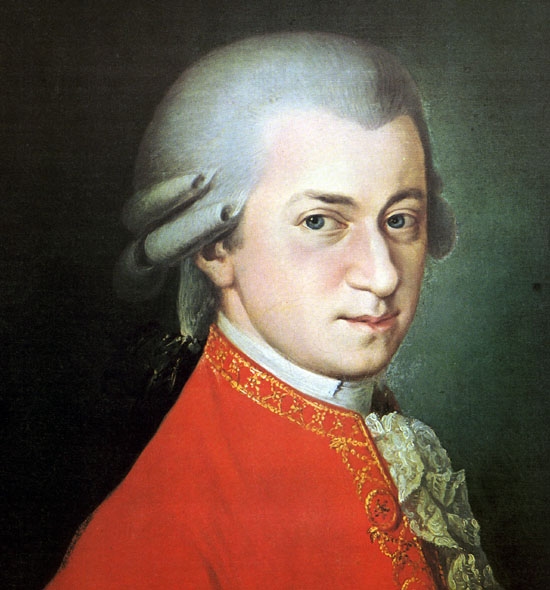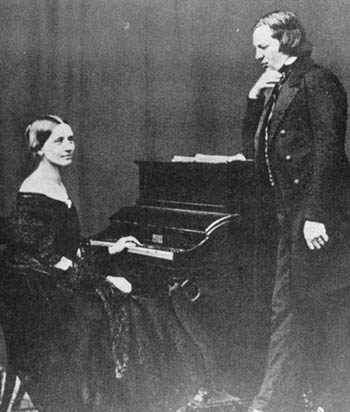Mozart and Schumann quartets close season for Friends of Chamber Music
The Friends of Chamber Music of Miami series can sometimes seem a bit clubby, with many of the same musicians appearing year after year.
But two distinguished newcomers joined the roster of regulars Sunday for energetic, spontaneous and mostly polished performances of Mozart and Schumann piano quartets.
The young Russian violinist Mikhail Simonyan, who last fall gave a dazzling performance of the Glazunov Violin Concerto with the New World Symphony, joined Cynthia Phelps, principal violist of the New York Philharmonic, on the stage of Gusman Hall in Coral Gables. They performed with two familiar faces from past Friends of Chamber Music concerts, the pianist Joseph Kalichstein and the cellist William DeRosa.
The concert was co-presented by the Miami Civic Music Association.
Simonyan, who makes his New York Philharmonic debut in June playing the Tchaikovsky Violin Concerto, was a sure-fingered, rock-solid presence in Mozart’s well-known Piano Quartet No. 1 in G Minor, negotiating all the passagework and melodies with a pure tone and steady bow arm. Although the four musicians do not play together routinely, their performance displayed the precision, if not the interpretative unanimity, of an established ensemble.
Kalichstein displayed a wide palette in the first movement, grand and sweeping one moment, precise and delicate the next. He also worked in a quick tribute to Friends of Chamber Music president Julian Kreeger, who on March 1 turned 70, playing a quick fragment of Happy Birthday during the first-movement cadenza.
The spontaneity of the playing was evident in the second movement, as the three string players watched and listened to each other perform repeated figures, responding to each other’s playing.
The Schumann Piano Quartet was no less spontaneous, although it was a bit less polished. Ensemble precision came apart a couple of times in the first movement, with the strings sounding once like they were playing different measures. DeRosa produced a lot of bow noise, giving an unnecessarily rough sound to some sections.
Phelps proved a particularly strong addition, assured in the rapid passagework of the last movement and playing with a rich, singing viola tone in solos. In the Andante cantabile, where violin, cello and viola take turns with a long, singing melody, DeRosa and Simonyan both sounded strained. Only Phelps on the viola played with the warmth and unforced phrasing it needed. But the fourth movement had all the polish and precision that the first movement lacked, and four musicians brought it and the concert to a rousing conclusion.
Posted in Performances
Leave a Comment
Mon May 3, 2010
at 1:31 pm
No Comments

